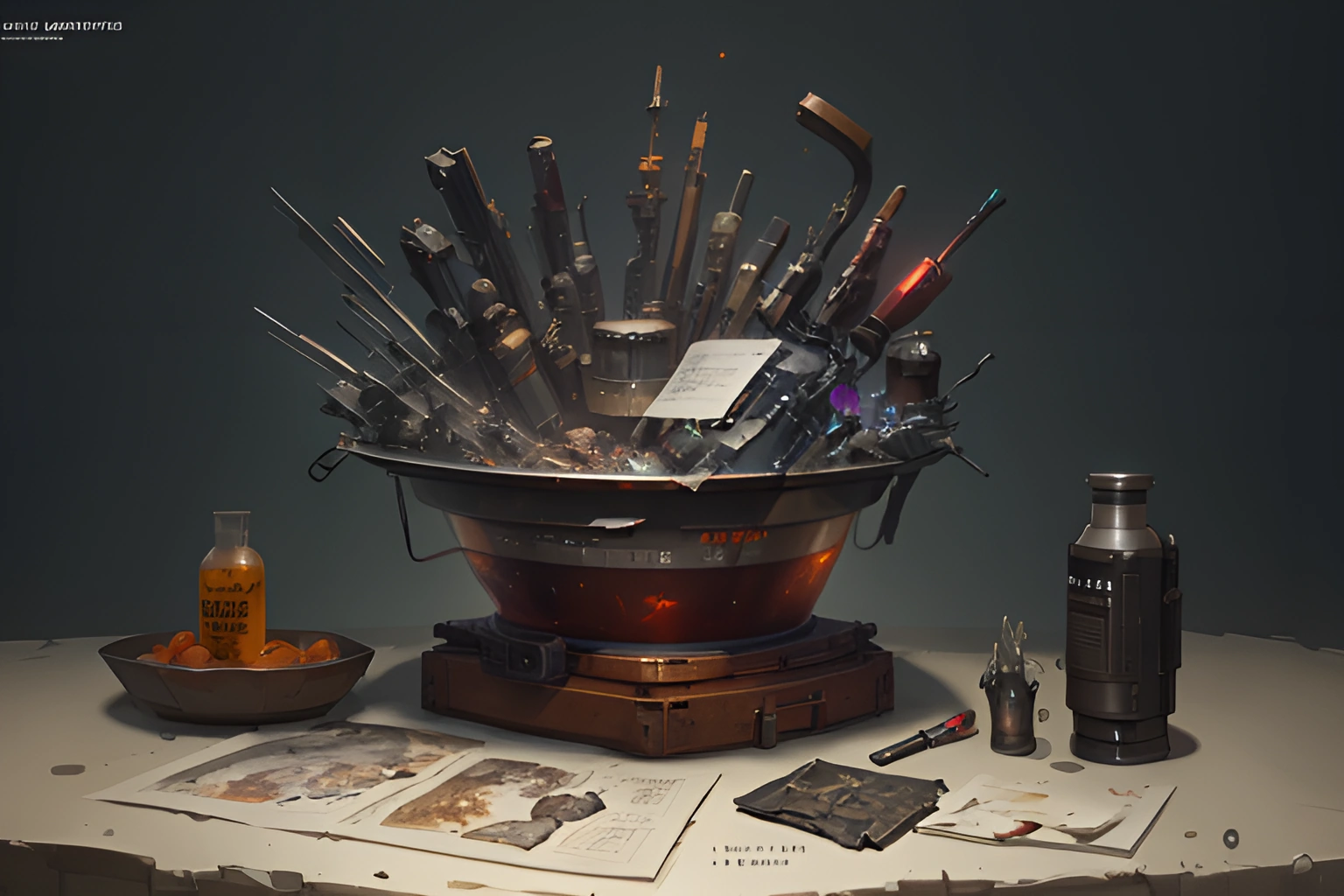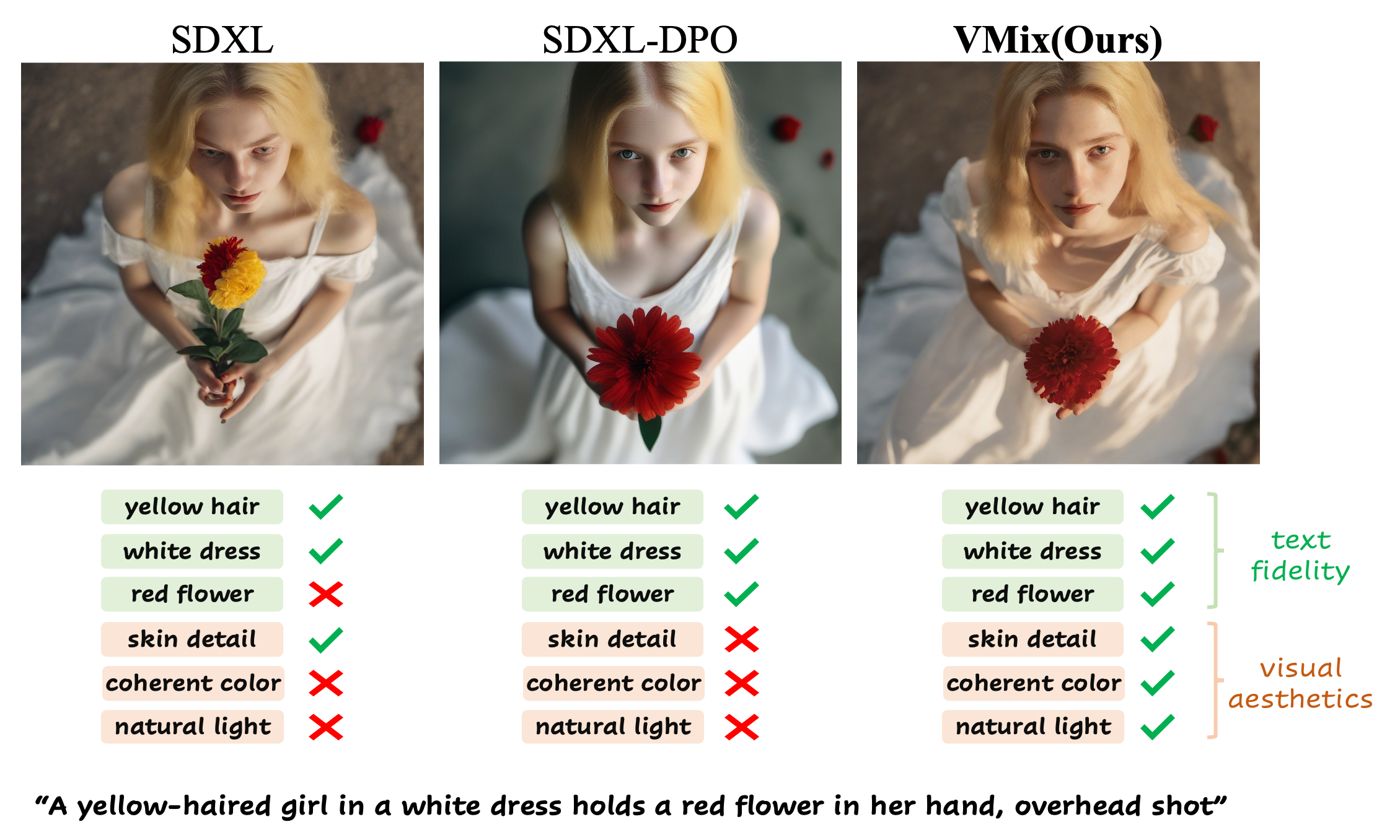This is a copy of /r/stablediffusion wiki to help people who need access to that information
Howdy and welcome to r/stablediffusion! I'm u/Sandcheeze and I have collected these resources and links to help enjoy Stable Diffusion whether you are here for the first time or looking to add more customization to your image generations.
If you'd like to show support, feel free to send us kind words or check out our Discord. Donations are appreciated, but not necessary as you being a great part of the community is all we ask for.
Note: The community resources provided here are not endorsed, vetted, nor provided by Stability AI.
#Stable Diffusion
Active Community Repos/Forks to install on your PC and keep it local.
Websites with usable Stable Diffusion right in your browser. No need to install anything.
Stable Diffusion on your mobile device.
Learn how to improve your skills in using Stable Diffusion even if a beginner or expert.
How-to train a custom model and resources on doing so.
Specially trained towards certain subjects and/or styles.
Tokens trained on specific subjects and/or styles.
Either bots you can self-host, or bots you can use directly on various websites and services such as Discord, Reddit etc
SD plugins for programs such as Discord, Photoshop, Krita, Blender, Gimp, etc.
Other useful tools
#Community
Games
- PictionAIry : (Video|2-6 Players) - The image guessing game where AI does the drawing!
Podcasts
Databases or Lists
Still updating this with more links as I collect them all here.
FAQ
How do I use Stable Diffusion?
- Check out our guides section above!
Will it run on my machine?
- Stable Diffusion requires a 4GB+ VRAM GPU to run locally. However, much beefier graphics cards (10, 20, 30 Series Nvidia Cards) will be necessary to generate high resolution or high step images. However, anyone can run it online through DreamStudio or hosting it on their own GPU compute cloud server.
- Only Nvidia cards are officially supported.
- AMD support is available here unofficially.
- Apple M1 Chip support is available here unofficially.
- Intel based Macs currently do not work with Stable Diffusion.
How do I get a website or resource added here?
*If you have a suggestion for a website or a project to add to our list, or if you would like to contribute to the wiki, please don't hesitate to reach out to us via modmail or message me.
















